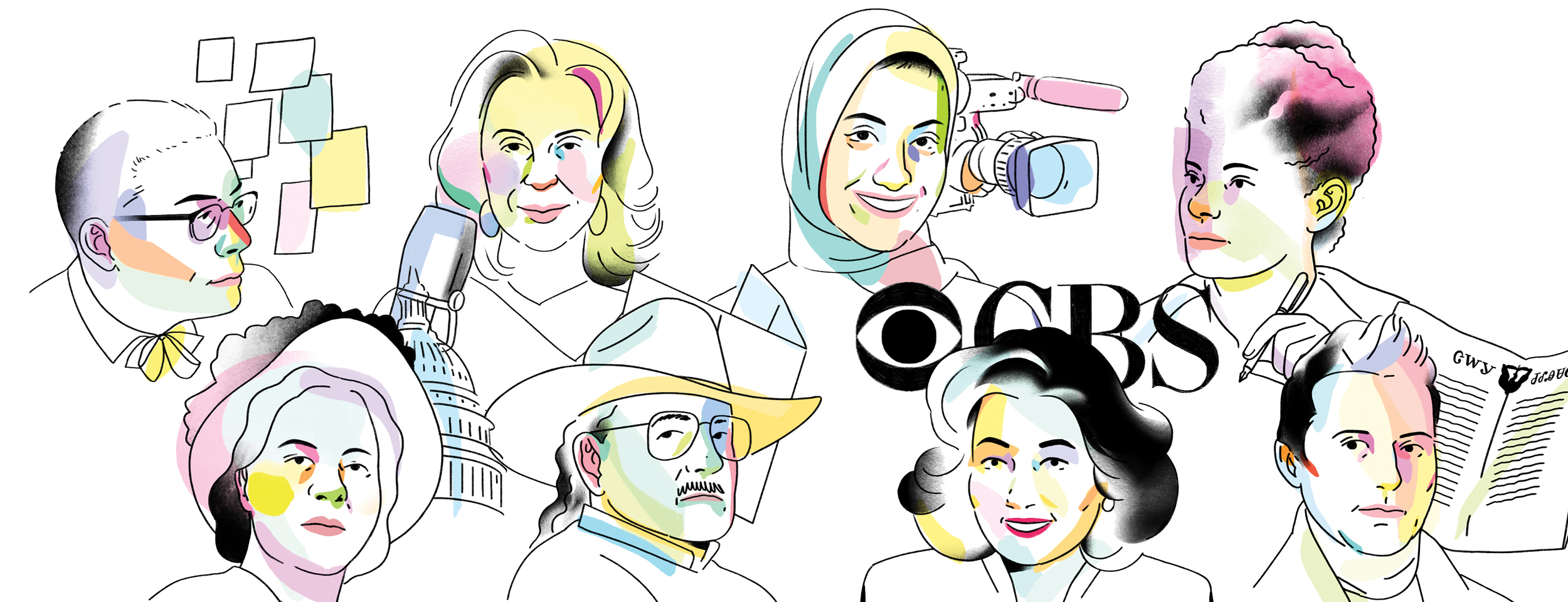The journalism world is not as inclusive as it ought to be. But there is reason for hope, personified by those who managed to make their way to extraordinary careers—and leave a path for countless others.
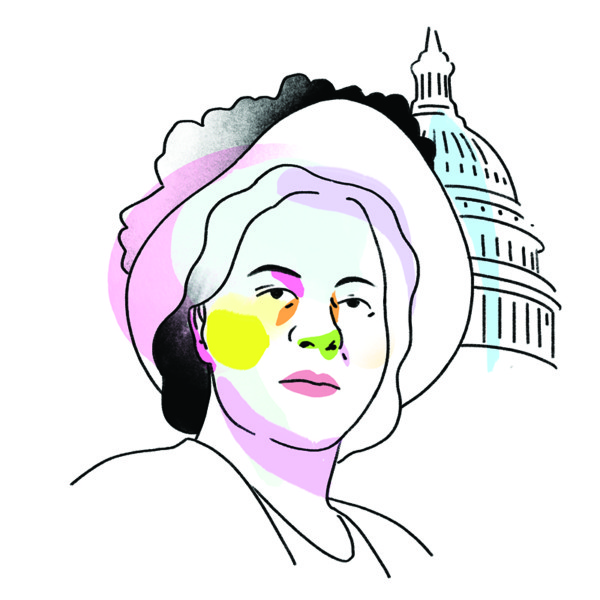
Alice Dunnigan
Born in rural Kentucky, Alice Dunnigan, the daughter of a sharecropper, fought for access to the halls of power that had been long denied to black people. In 1947, she became the first black woman to get press credentials to cover Congress, and in 1948, she broke the same barrier in the White House.
Having spent her early career as a teacher, at 36, facing limited opportunities and a husband who did not support her aspirations, she moved to Washington, DC, on her own. She put in a few years of government work and freelancing until she was hired as the Washington bureau chief of the Associated Negro Press. Her boss told her to focus on getting news from service workers, but Dunnigan was determined to report on officials enacting policies that affected the black community.
First she had to fight for accreditation to the Capitol. When she asked Claude Barnett, ANP’s director, for a letter of recommendation, he replied: “For years we have been trying to get a man accredited to the Capitol Galleries and have not succeeded. What makes you think that you—a woman—can accomplish this feat?”
She did. Leveraging her Capitol access to get a White House pass, she attended press conferences with Presidents Harry Truman and Dwight Eisenhower, questioning them about civil rights. In her 1974 autobiography, A Black Woman’s Experience—From Schoolhouse to White House, Dunnigan explained the importance of her presence in those corridors: “Without black writers, the world would perhaps never have known of the chicanery, shenanigans, and buffoonery employed by those in high places to keep the black man in his (proverbial) place.”
—Ayesha Rascoe is a White House reporter for National Public Radio.
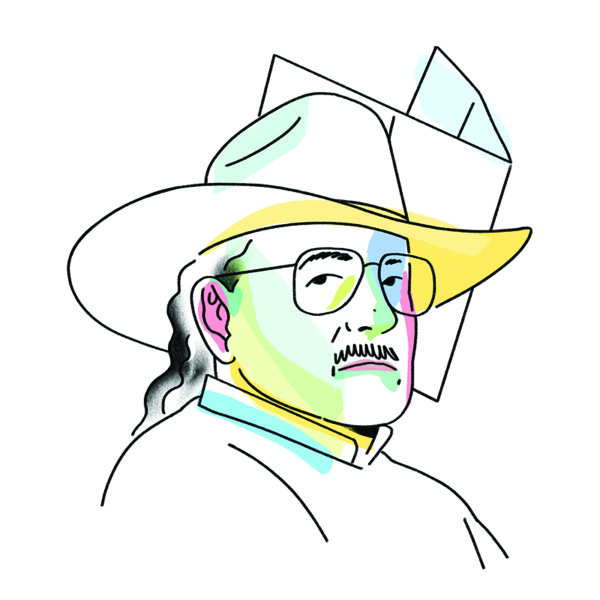
Tim Giago
There has never been a lack of Native writers; there has been a problem in getting other people to read them. Tim Giago, an Oglala Lakota journalist and publisher born in 1934 on the Pine Ridge reservation, in current-day South Dakota, has been a crucial megaphone for Native peoples to speak.
Giago’s writerly aspirations began while he was a student at a Jesuit-run boarding school on the reservation. A prefect, not believing his impressive writing talent could be genuine, accused him of plagiarism. The prefect’s assertion—that he would “never amount to a hill of beans”—only provided fuel to his ambition.
Alight with the intent to prove himself, Giago became a writer and editor at Native and non-Native newspapers. In 1981, he founded The Lakota Times, an independent newspaper, with only three people on staff. Doris, his wife, worked as a typesetter, but with so few journalists, she recalls, they all “just had to do everything.” Their approach to news—with local, community-based reporting—took off, and the trust that Giago established on his reservation made a reputation for him across South Dakota and eventually in Indigenous communities farther afield. In 1992, with the largest reach of any Native American publication, the paper changed its name to Indian Country Today; in 2011, it went digital.
Giago has since returned to his local roots, working with The Lakota Journal. But his vision continues to foster many Native writers. The key, he says of his time as a founding publisher, is soul: “We had an Indian soul that was throughout the newspaper.”
—Lou Cornum was raised in Arizona and lives in Brooklyn. Their writing has appeared in The New Inquiry and Art in America.
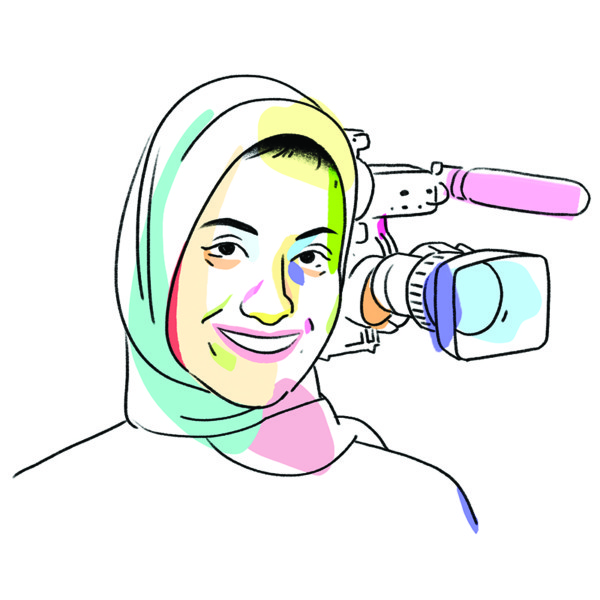
Tahera Rahman
In February of this year, when Tahera Rahman stood in front of a camera and delivered her first live news report for WHBF-TV, the CBS affiliate in Rock Island, Illinois, it was the first time American television audiences were exposed to a Muslim journalist in a hijab.
It was also a rejection of all those who had told Rahman—in ways both subtle and overt—that the opportunity might never come. Rahman, who is 27, was born in Naperville, Illinois, and committed to wearing a hijab when she was in fifth grade. There might be backlash, her mother warned her; but she did it anyway. While in college, studying journalism and preparing reels to send out for job applications, Rahman was told again that it might be best to take her headscarf off; some suggested that US viewers might not find it palatable to receive the news from a woman wearing one. Undeterred, she became the first Muslim editor of her college paper, at Loyola University Chicago, and landed work at Al-Jazeera English, Radio Islam, and the Chicago bureau of CBS Evening News. Arriving at WHBF, Rahman spent two years as a producer before being tapped to go on air.
Rahman has said that she prays each night for the chance to “soften people’s hearts,” and there may be no better way to battle misconceptions than to have a Muslim reporting local stories. And, having already shattered one barrier, there is perhaps no one better suited to tear down the norms of what is and isn’t acceptable in the highly controlled market of national news.
Just as important: in Rahman, young Muslim girls and boys will perhaps see a bit of themselves—and what is now all the more possible thanks to her perseverance.
Sabrina Siddiqui is a national political reporter for Guardian US. She is a CBSN contributor and regular analyst on CNN and MSNBC.

Simeon Booker
When asked about his time as the first black reporter at The Washington Post, in the 1950s, Simeon Booker said, “If it was a social experiment, I think I passed the test.” Yet covering news in a city that was so racially divided nearly killed him.
Entering the newsroom, he was greeted by some colleagues with hostility; on the streets of Washington, he encountered worse. Police and politicians questioned his press credentials. When he needed a ride back to the office, cab drivers zoomed past. Robert Barrett, the chief of the DC Metropolitan Police Department, threatened him physically. Friends commented that Booker’s push to succeed elicited a fatigue so great that it cast a pallor of death on his face.
Rather than allow his desire for respect in the newsroom to defeat him, Booker set a goal: he would leave the Post if he ever got a banner headline. Otherwise, he later recalled, “I felt I would be regarded as a loser, someone who failed the chance, who couldn’t make it as a daily journalist on a white newspaper.” When that byline finally appeared on the Post’s front page, in 1953, Booker bought a used car for $150, drove west, and went to work for Ebony and Jet, published in Chicago by John H. Johnson, for black readers.
In his new job, Booker pursued strong civil rights coverage, starting in 1955 with his reporting on the Emmett Till murder and trial. He retired in 2007, as Washington bureau chief—at the age of 88—marking the end of a celebrated career.
—W. Ralph Eubanks is the author of Ever Is a Long Time: A Journey Into Mississippi’s Dark Past and The House at the End of the Road. He is a visiting professor of English and Southern Studies at the University of Mississippi.
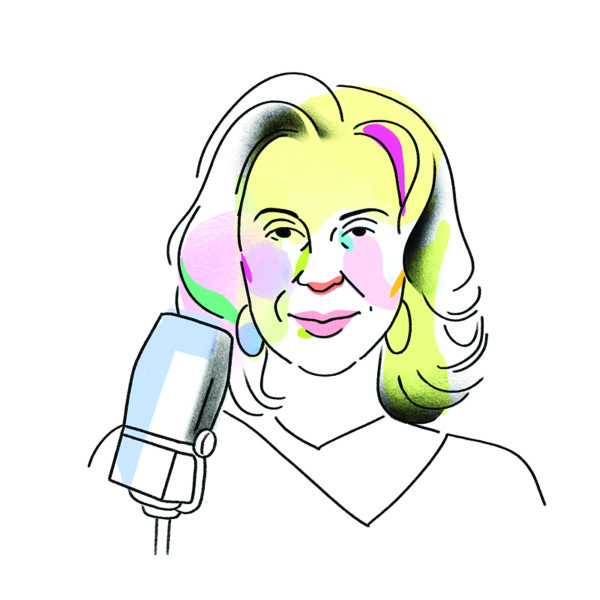
Maria Hinojosa
“As a little girl I understood the importance of journalism and reporting in media. But I never saw myself there. My stories didn’t appear. We were invisible from the media narrative.” Those are the words of Maria Hinojosa. Today, as the founder of Futuro Media Group, she is not invisible. She is a respected journalist, a businesswoman, a trailblazer, and one of the most trusted voices for the Hispanic community in the United States.
Hinojosa’s family migrated from Mexico in 1962. She grew up in Chicago, watching the journey of Dr. Martin Luther King Jr., as he led people of color to raise their voices and empower others. During college, Hinojosa found her niche in radio, where she hosted a show featuring Latinxs in the arts.
Later, in 1992, she started Latino USA, a show devoted to the Latino community, which still airs on National Public Radio. As NPR’s only national Latinx news and cultural weekly program, it highlights the struggles and the successes of our people. Lately, it has provided a platform for Hinojosa to be outspoken about injustice, like President Trump’s zero tolerance policy and the separation of families at the border. Futuro Media Group also produces America by The Numbers, a television series airing on PBS about America’s increasingly multicultural population.
Hinojosa is a journalist who never stays silent when there is a problem that affects the core of the Latinx community. Her work makes sure that no one ever feels invisible.
—Ilia Calderón is coanchor of Univision’s flagship evening newscast, making her the first Afro-Latina to hold that job at a major network in the United States.
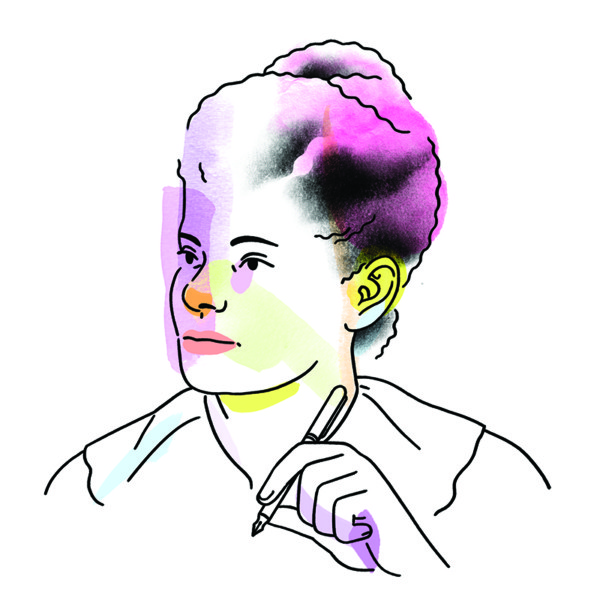
Ida B. Wells
Ida B. Wells is best known as a fearless anti-lynching journalist, but she began her political career fighting against a segregated railroad system in Memphis, Tennessee. During Reconstruction, black people there had been legally free to ride in whatever class they could afford. But Wells, an educated middle-class woman, was shocked when, one evening, she was forcibly ejected from a train.
Wells was determined to protest. Though she was a teacher earning meager wages, she hired a lawyer, took her case to court, and in 1884 was awarded $500 in damages.
Three years later, however, the Tennessee State Supreme Court reversed the decision. As if with a great sob welling up from discouragement and anger, Wells wrote about the case in her diary: “I have firmly believed all along that the law was on our side and would, when we appealed to it, give us justice. I feel shorn of that belief and utterly discouraged, and just now, if it were possible, would gather my race in my arms and fly far away with them.”
A week later, Wells joined a civil rights group and organized to fight white racism. In 1892, when three of her close friends were lynched, she began a perilous journey to small towns in the South, sometimes in disguise, to investigate lynchings. She published her reports in a 1895 book, The Red Record, and went on to travel the world telling the truth about lynching—that accusation of rape was often a pretext for repression and violence against black people. When she died, in 1931, Wells had earned the name “Crusader for Justice.”
—Mary Helen Washington is a distinguished university professor at the University of Maryland, College Park, and previously served as president of the American Studies Association.
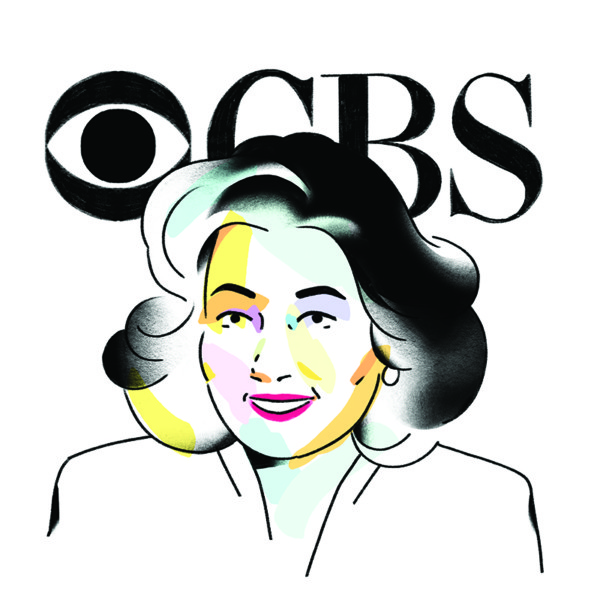
Connie Chung
As the quiet youngest daughter of parents who immigrated from China to Washington, DC, Connie Chung may have shocked her family by jumping into the still-nascent industry of television journalism. Chung told them that she wanted to be the next Walter Cronkite, and she had a good reason: nobody else in television looked like her.
Chung’s male colleagues seemed hellbent on reminding her of that fact, as she worked her way up from being a copy girl at a local station to being Washington correspondent at the CBS Evening News with Walter Cronkite. She didn’t exactly ignore the racist slights—she “slanted” the news, people would say, or she was producing “yellow journalism”—but she put up with them; she laughed or made the jokes before others could, brushing off racism and sexism at networks that she would later recall were sometimes run by “cavemen.”
Her star rose, at CBS and NBC, by landing major stories, such as Magic Johnson’s first interview after revealing that he was HIV positive. Her trailblazing moment came in 1993, with her return to the CBS Evening News—there, she became the first Asian to coanchor a major network’s national weeknight newscast, alongside Dan Rather. “Crazy as it is, I ended up sitting in half of Walter Cronkite’s chair,” she once recalled. “It was really my pinnacle goal.”
By that time, many journalists were clamoring not to be the next Walter Cronkite, but the next Connie Chung—especially Asian Americans who had never known a journalism career was possible until seeing her on air.
—Nicole Dungca is a reporter on the projects and investigations team of The Boston Globe and on the board of directors of the Asian American Journalists Association.

Elias Boudinot
Elias Boudinot, whose given name was Galagina Oowatie, was the founding editor of the Cherokee Phoenix, the first Native American newspaper.
Born in the Cherokee Nation, on lands that would become part of the state of Georgia, Boudinot was formally educated at the Foreign Mission School in Cornwall, Connecticut. When he returned home, in 1826, he encountered mounting pressure for Indian removal, as Georgia state officials fought with tribes over territory. In 1828, Andrew Jackson was elected president and immediately made Indian relocation a national priority. Boudinot founded the Phoenix that year.
Boudinot believed that the power of the authentic Native voice, through journalism and in the printed media, held the potential to persuade readers beyond the borders of the Cherokee Nation and could perhaps stop the clamoring for Cherokee removal. As he said in a speech to non-indigenous people ahead of the Phoenix’s launch, “There must exist a vehicle of Indian intelligence, altogether different from those which have heretofore been employed.” This vehicle, he added, “may exhibit specimens of their intellectual efforts, of their eloquence, of their moral, civil and physical advancement.”
Congress passed the Indian Removal Act in 1830, paving the way for the Trail of Tears. Although Boudinot’s efforts were too late to stop government officials from forcibly removing the Cherokee from their lands, his vision for the power of the authentic Indian voice endured, and can be found today in the printed and digital word of the Cherokee Phoenix.
—Bryan Pollard is the president of the Native American Journalists Association.
The Editors are the staffers of the Columbia Journalism Review.

